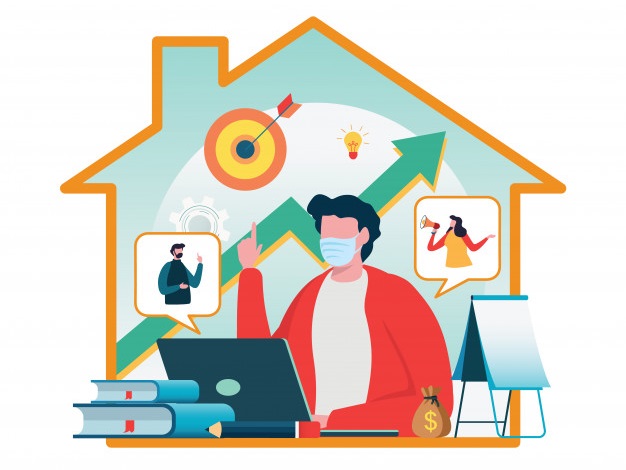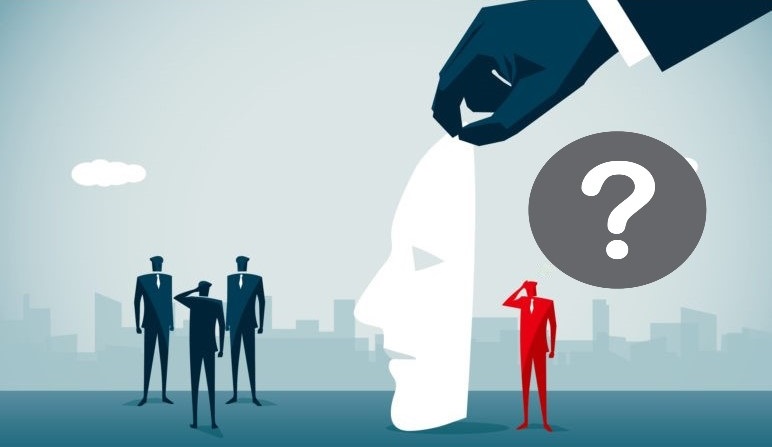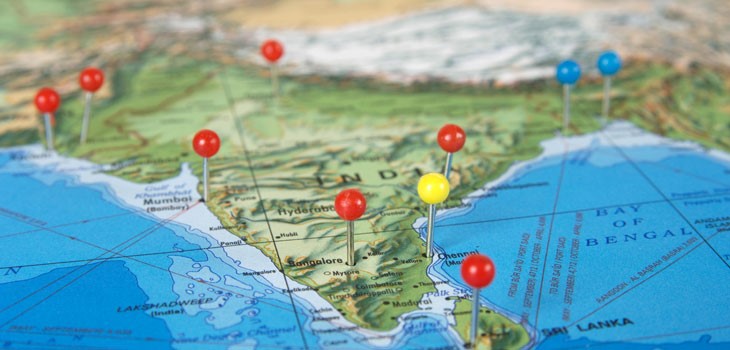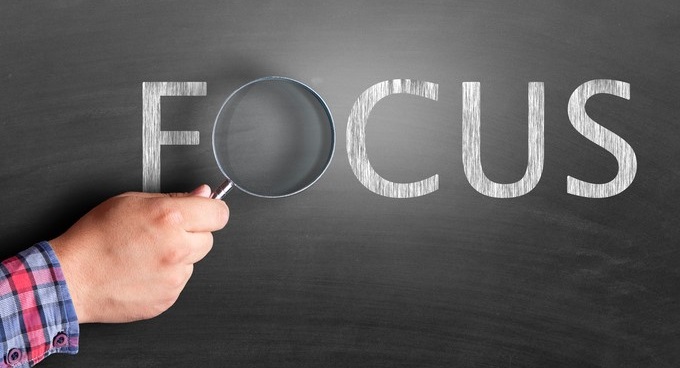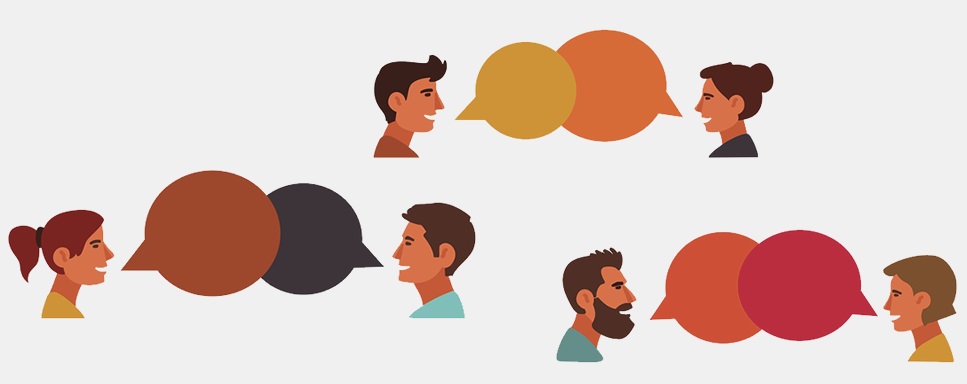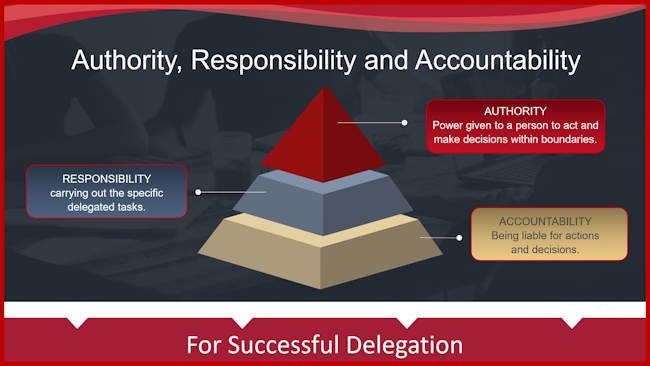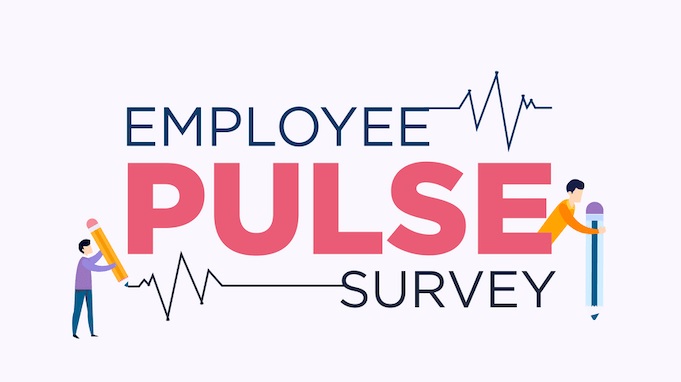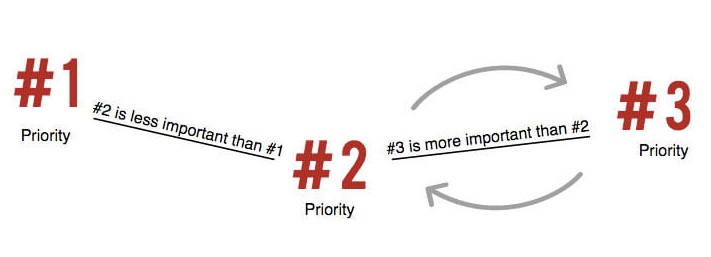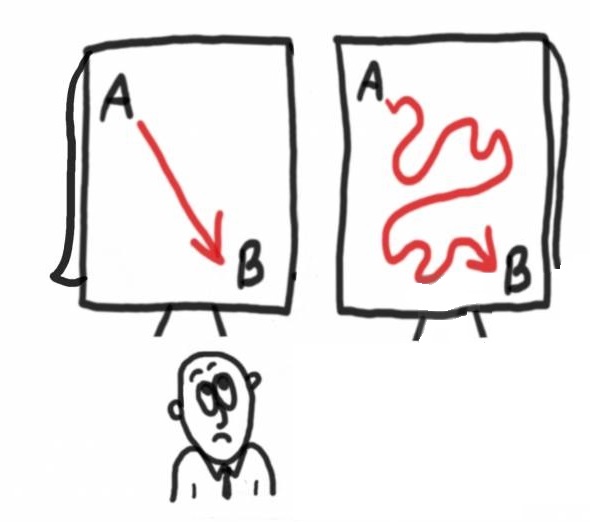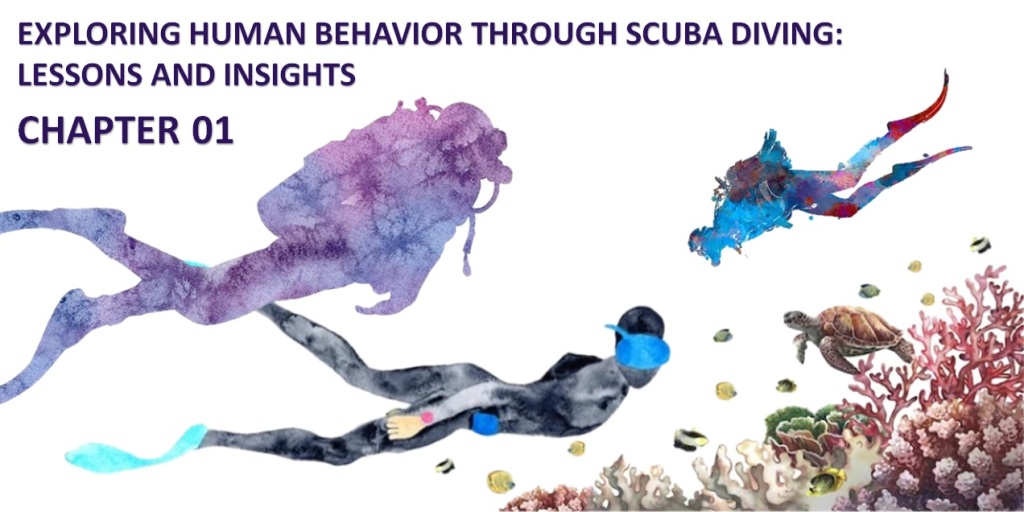
Scuba Diving is one of those activities that changes us in many ways. Not just through the training, but also by what we see and experience underwater, has this lasting effect on how we experience the world above. A lot of sports and hobbies can reinforce our character and teach us valuable life lessons. Here are some ways in which we think, Scuba Diving has changed our lives. It might be a stretch, but some of those lessons apply to management and business as well.
01) -> Equalize Your Airspaces
During descent, the pressure changes, increasing with the weight of the water, pushing on places in our body with airspaces that are unaccustomed to it. The first things to complain are the ears. We can fix this discomfort, equalizing the pressure to match the change around by pinching our nose and lightly blowing. This adds air into the cavities and canals running through our head and the discomfort dissipates. Every dive is different. Sometimes the ears complain and sometimes the build-up is in the head: behind the eyes, stemming from the nose, centred in the forehead, wherever our congestion may be. Everyone descends at a different rate depending on how their body responds. Sometimes we feel stuck above everyone else, watching them continue to their depths, while we are left behind. Other times we watch others from below, kicking up slightly, wiggling their jaws, trying any and everything to get their sinuses to cooperate.

Lesson:……………. Equalization can be correlated to life; everyone is moving at different rates, allowing themselves to become accustomed to their surroundings at different times.
We need to be patient with our self and to not worry about the other people around us. Diving with pressure-induced pain is not fun, just as forcing yourself into certain situations can be uncomfortable. If we give ourselves time to adjust, time to equalize and overcome the surrounding pressure, we will get to the destination all the same. It does not matter how quickly or slowly we descend along our paths of life, as long as we keep trying and keep practicing different techniques until we find the one that works for us individually.
Trying to muscle through the pressure and stresses of our lives can end up hurting us. And with that comes the simple notion of listening to our body, heart, and mind. Sometimes it is okay to take a step back, kick ourselves up a bit where the pressure is not so strong, and give yourself some extra time. Sometimes it is okay to say, “it’s not happening today, I’m going to sit this one out and try again tomorrow”.
02) -> Breathe Continuously And Never Hold Your Breath
While underwater, it is essential to maintain a constant breathing rate, inhaling and exhaling, that raspy, rhythmic sound filling your ears. The reason for this is that when we are diving, we are breathing compressed air under pressure. If that pressure changes, so does the volume of air. As we descend underwater, the pressure increases, compressing the air, swelling its density, causing us to inhale a higher volume of air than we would take in with a breath at the surface. When we ascend, the pressure decreases, and that compressed air, in response to the drop in pressure, starts to expand.
When we breathe normally, the expanding air is vented out naturally when we exhale.
If we hold our breath, our lungs do not inflate and deflate like they are designed to.
Our lungs are a fixed airspace, a flexible organ that can only hold a finite amount of air.
That held breath of air grows upon ascent, enlarging inside the lungs, unable to find a way out, filling them up until they can swell no further and, like a balloon that cannot hold another breath, they can rupture, causing a lung over-expansion injury that can turn fatal.

Lesson:. . . . . . . We hold our breath in life, maintaining our rigidity, not allowing ourselves to inhale new air and exhale the old. We are steadfast in our habits. We liked things a certain way and don’t want change. We are not meant to be uncompromising, inflexible, and unchanging, like the lungs stretching and straining under the confines of a held breath. We should accept the new in all its forms, accepting novel ideas and cultures and ways of thinking about things, eliminating old habits and prejudices and things we thought we knew.
When we move through life, the pressures are either increasing or decreasing, stresses are either heightening or diminishing. We need to remember to breathe. To take in all the new and good and unfamiliar regardless of what our depth is, and to release all the old and bad and comfortable, thereby making room for the new. If we hold onto the old for too long, it continues to fill us up, expanding and growing and getting bigger until we, unaware of its cultivation, burst at the seams. We should strive to immerse ourselves in new environments, surround ourselves with new pressures, growing and changing and adapting, and all the while remembering to breathe.
03) -> Adjust Your Buoyancy in Small, Frequent Amounts
Balanced buoyancy, horizontal trim, that perfect composure of rising slightly on the inhale and faintly falling on the exhale, is what separates the good divers from the bad.
Any diver will tell you that, in order to find that perfect positioning, you have to adjust your buoyancy in small, frequent amounts. We do not need to press the inflator button for too long, filling the BCD (Buoyancy Control Device) with air that wants to bring us back to the surface. Little bursts will do, and the same goes for releasing air as our tank empties and we become more buoyant throughout the dive.
Moving the weights around little by little, trying new positions on each dive, finding that ideal spot on your body to bring yourself into a sleek, straight line is something that divers do the more and more they submerge themselves. We learn to minimize your movements, quick flicks of the fin to change direction, mostly floating and flowing along with the current, frog kicking to propel yourself along a constant plane running parallel to the ocean’s bottom.
Being able to control the body and maintaining jurisdiction over its movements and manoeuvres in the water is key to be able to spot microorganisms by getting close to coral without touching it. During diving, adjustments made too quickly or drastically, can have chaotic results. Power inflating the BCD, causing us to balloon to the surface, can result in bubbles forming in the blood. Using big, clumsy kicks as we swim along can either damage coral or disturb the visibility.

Lesson:………………… Having good buoyancy carries over into our lives. Making small, intentional movements brings about a sort of self-awareness that you cannot achieve with those big, drastic changes. Think of it as biting off more than we can chew. If we make too many big changes all at once, how will we ever figure out which variables yield desired results? Making small adjustments: try this today, try something else tomorrow, find what works to bring myself out of that feeling that everything around me is crashing.
This is a secret to moving through life: small adjustments, acting with intention, understanding what actions and thoughts make you feel certain ways. It is all a process of trial and error, moving our weights, practicing as much as we can, getting better with each new discovery.
04) -> Communicate with Proper Hand Signals
We all learn the universal hand signals: thumbs up means “I want to go up”, thumbs down means “lets dive deeper”, two fingers to the other hand’s palm is asking “how much air do you have”, and the thumb and pointer making an O with the other three fingers released is a question and an answer: “Are you okay?” and “yes, I’m okay”. The main thing here is that communication is key. In an underwater world where the tongue is tied, we have to be able to say what we want with the tools we have. And, we sometimes have had to learn how to read and understand people, not with words, but by how their eyes look behind their masks, sometimes wide and fearful, other times crinkled with a smiling excitement.
Not everyone speaks the same language and not everyone communicates the same way, but, as soon as we descend, letting that water wash over our heads, our language becomes universal, and being able to understand one another can make or break the dive.
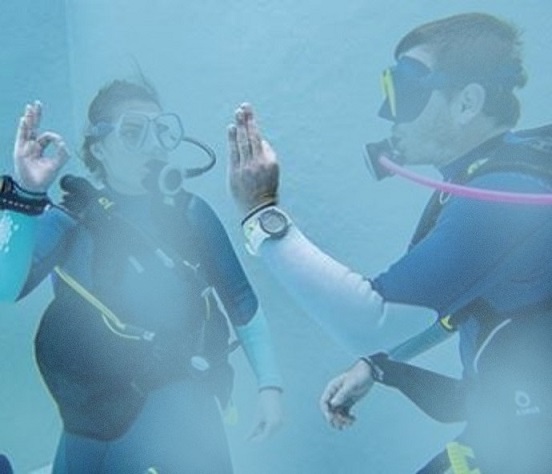
Lesson:………………………………… The same is true in our normal lives. Communication is key. Almost every major problem, whether that be on an individual, communal, or global scale, is rooted in a conflict of communication. Different words and phrases have different meanings around the globe. Listening to each other, establishing a norm, understanding the root of what someone is saying and the reason why they would be saying it that way is something that has challenged us all. We are all brought up differently, raised to believe different things, but at the end of the day we are all trying to communicate the same thing: this is me and I just want to be accepted.
Being empathetic and understanding other aspects of communication are vital to finding and providing that acceptance: reading the look in someone’s eyes, interpreting body language, deciphering why someone may be acting a certain way. We are all floating along in a sort of shared solitude, alone with our thoughts and interacting with others when we get the chance. But understanding each other, using those agreed upon hand signals and being aware of other cues, makes or breaks our time with each other.
***To be continued in Chapter 02 (Points 05 to 10- Link Below)
Content Curated By: Dr Shoury Kuttappa


